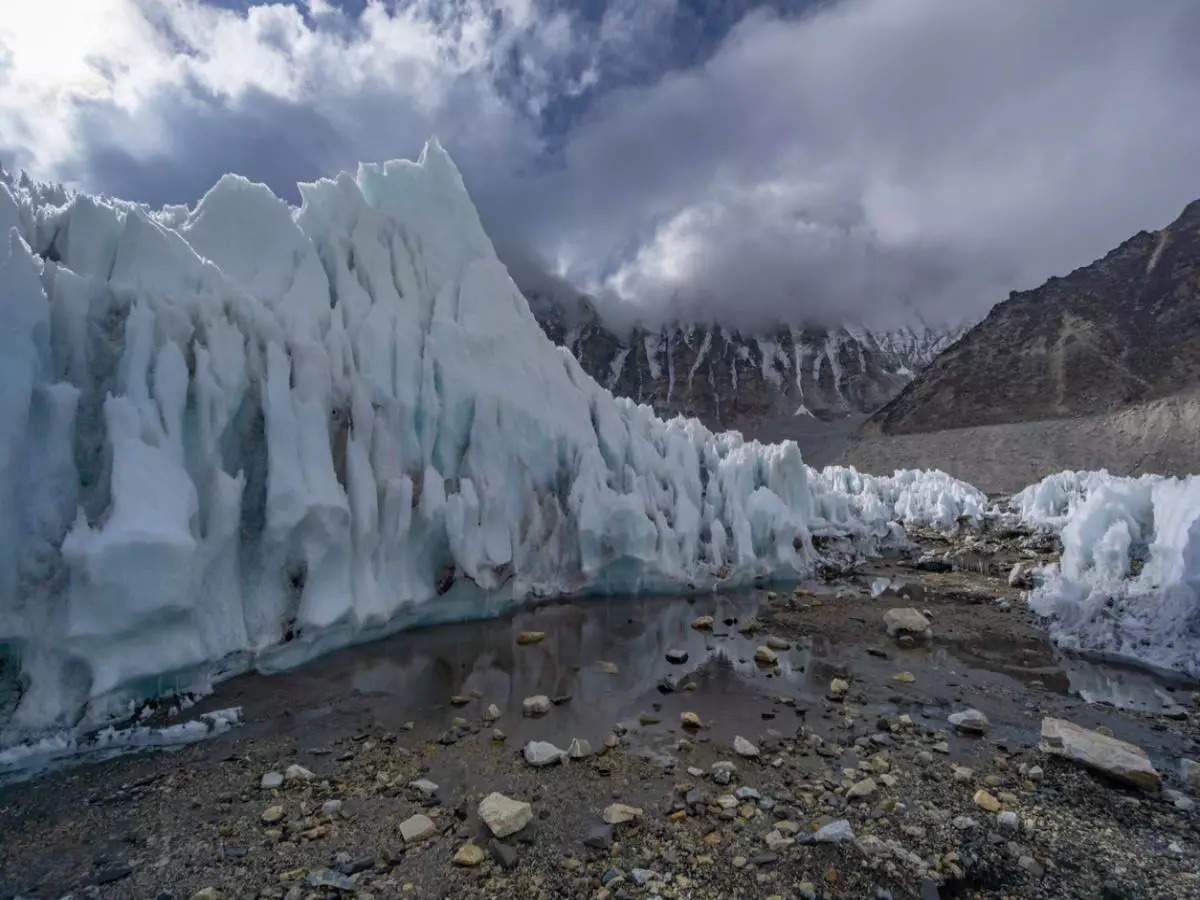Venezuela is likely the first country to lose all of its glaciers, with the Humboldt glacier melting quicker than expected. While experts predicted it would endure another decade, its fast melting surpassed expectations.
Background:
- In the Andes highlands of Venezuela, there were six glaciers located around 5,000 metres above sea level.
- By 2011, five of them were disappeared. Scientists predicted the Humboldt glacier would endure another decade.
What are glaciers?
- Glaciers are enormous volumes of ice formed on land over time when snow accumulates and compacts. They run like sluggish rivers and generally form in areas with near-freezing temperatures, heavy snowfall, and little summer melting.
- According to the United States Geological Survey (USGS), they typically exist and form in areas where mean annual temperatures are near freezing; winter precipitation results in significant snow accumulations; and temperatures throughout the rest of the year do not completely remove the previous winter’s snow accumulation.
Why are glaciers disappearing?
- Greenhouse Gas Emissions: Since the Industrial Revolution, the combustion of fossil fuels has released significant volumes of GHGs into the atmosphere, including carbon dioxide and methane.
- Heat Trapping: Greenhouse gases operate like a blanket, trapping heat in the atmosphere. While they let sunlight to flow through, they prevent heat from escaping into space, resulting in an increase in global temperatures.
- Since 1880, the global average temperature has risen by at least 1.1 degrees Celsius as a result of the current surge in GHG emissions.
- Temperature increase has had severe repercussions, including more frequent and extreme heatwaves, floods, droughts, and sea level rise.
- Glaciers, like ice cubes exposed to heat, are melting at an accelerated rate as temperatures rise due to global warming.
- Natural Climate Phenomena: Natural climate phenomena such as El Nino can increase glacier melting by producing anomalous warming of surface waters, as seen with the Humboldt glacier in Venezuela.
What are the effects of glacier loss?
- Glaciers are important sources of freshwater, particularly during hot and dry spells, giving water to nearby inhabitants, plants, and animals. Their removal would increase the reliance on erratic rainfall for freshwater supplies.
- Temperature Regulation: Glacial discharge serves to manage downstream water temperatures, notably by keeping them colder. This is critical for many aquatic species that require frigid water temperatures to thrive, affecting the entire ecosystem.
- Ecosystem Impact: Glacier loss has a direct impact on aquatic species, interrupting the food chain and perhaps causing biodiversity reductions.
- Melting glaciers contribute to increasing sea levels, while smaller glaciers, such as Venezuela’s Humboldt glacier, may have less of an influence.
- Cultural Impact: The disappearance of glaciers has far-reaching cultural consequences, particularly for people who rely on glaciers for cultural identity. Mountaineering and tourism are two activities that rely on glaciers.
- Tourism and Recreation: Glaciers are frequently popular tourist destinations, bringing tourists for activities such as mountaineering and sightseeing. The retreat of glaciers would have an influence on tourism and recreation in the impacted areas.
Source: https://indianexpress.com/article/explained/explained-climate/venezuela-glaciers-9337469/#:~:text=The%20Andes%20%E2%80%94%20a%20mountain%20range,lost%20all%20of%20its%20glaciers.

